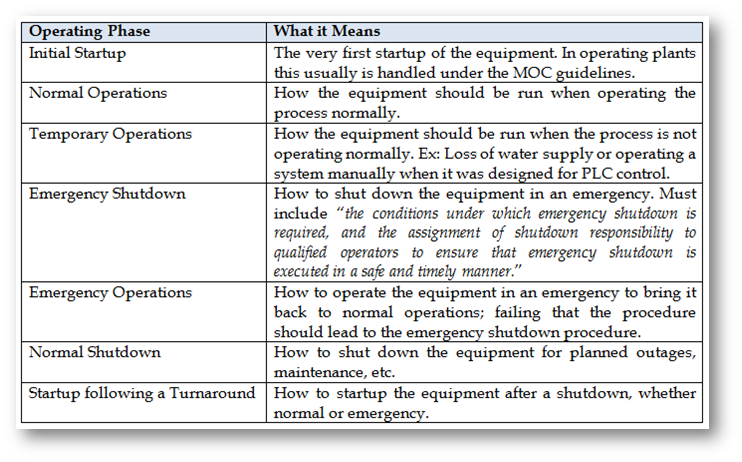Does your Emergency Shut-down and Ventilation switches comply with IIAR5-2013, Appendix B?
The requirements themselves don’t differ from IIAR2-2008b, but they are laid out a little clearer in IIAR5, Appendix B:
B.3.1.ii: …provide a manually operated tamper proof switch immediately outside of the principle entrance. Switch(es) shall initiate visual and audible alarms inside and outside of the area as well as initiate automatic equipment de-energization.
B.4: The ventilation system shall also be capable of manual activation through an independent emergency control switch outside and near the principle machinery room door (with another at ground level if the machinery room is not at ground level). This switch is separate from the equipment shut-down switch described in B.3.1. In addition to the manually operated switch described above, an additional manual on/off/auto tamper proof switch shall be located remotely (as agreed upon with local authorities having jurisdiction) for use by emergency responders who may wish to start or stop the ventilation system depending on circumstances.
Most of us already have an equipment shut-down switch and the ventilation switch because it’s been required for a very long time. The additional manual on/off/auto tamper proof switch that is located remotely for the ventilation is something that wasn’t required by IIAR2 until 2008.
Failing to adhere to (or address) RAGAGEP (Recognized and Generally Accepted Good Engineering Practices) are the cause for most PSM citations. Those who attend our PSM or NEP classes receive copies of our custom checklists for common RAGAGEP including:
- IIAR2-2008a
- IIAR2-2008b
- IIAR-Bulletin 110
- IIAR-Bulletin 114
- IIAR3-2012
- IIAR5-2013
- ASHRAE15-2010
These custom checklists turn every requirement of the RAGAGEP into a PHA-like What If/Checklist question in a format that allows you to specify how you address each requirement.


